Using plants in interior design will never go out of style. As well as adding a pop of colour, plants offer luscious leaves, unique silhouettes, style, texture, irregular structural forms and not to mention health benefits.
Plants improve the quality of the air by a natural air filtering process which helps us breathe easier. They also increase humidity and decrease dust in the environment helping to fight colds and allergies. Plants also offer us a sense of calm and reduce anxiety as well as a tonne of other physical and mental health benefits.
With all of these things in mind, plants should be an essential part of your interior design process. Carefully selecting plants to compliment the decor of a room is one of the most essential finishing touches when planning your interior design. As far as we are concerned, the more plants the better.
How to style your plants?
Fill empty spaces with plants
Use floor plants to fill a void, large or tall leafy plants give a bold structure, colour and unusual silhouettes to an otherwise dull space. Unless you’re going for a super minimalistic style ‘less is more’ does not apply here.
Create a micro jungle
Use floor plants, boxes, stands, tables and hanging baskets to add levels and create a micro jungle in any room.
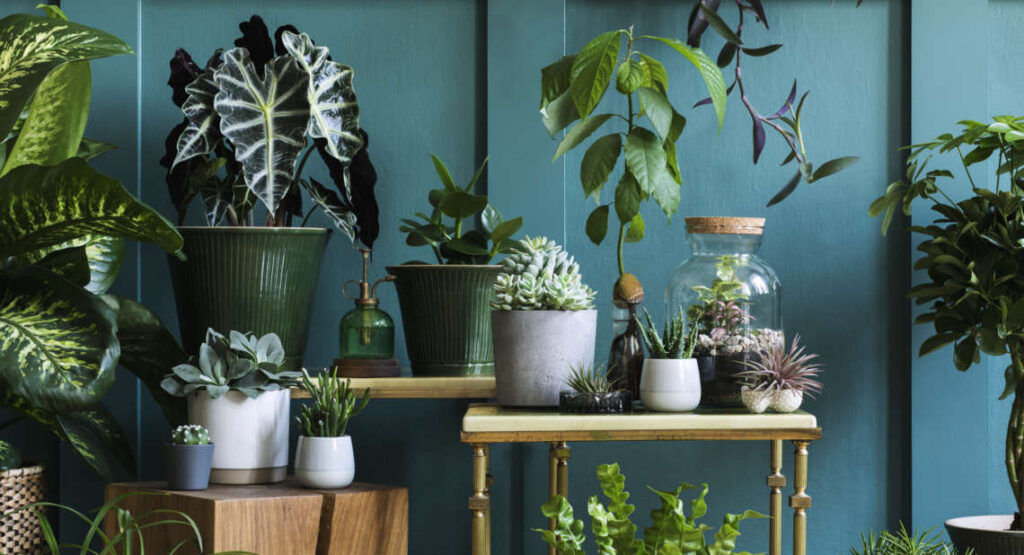
Chose pots with style
As well as the visual benefits of plants to your home you also get to style them with plant pots. Match the plant pot to the furniture, or use it as a feature piece by adding a contrasting colour, like a bright colour to an otherwise neutral room.
Go for something unusual
A meyer lemon tree not only adds something different and cool to the design of your home but it also gives off a fresh scent. Style, scent and homegrown fruit, what’s not to love?
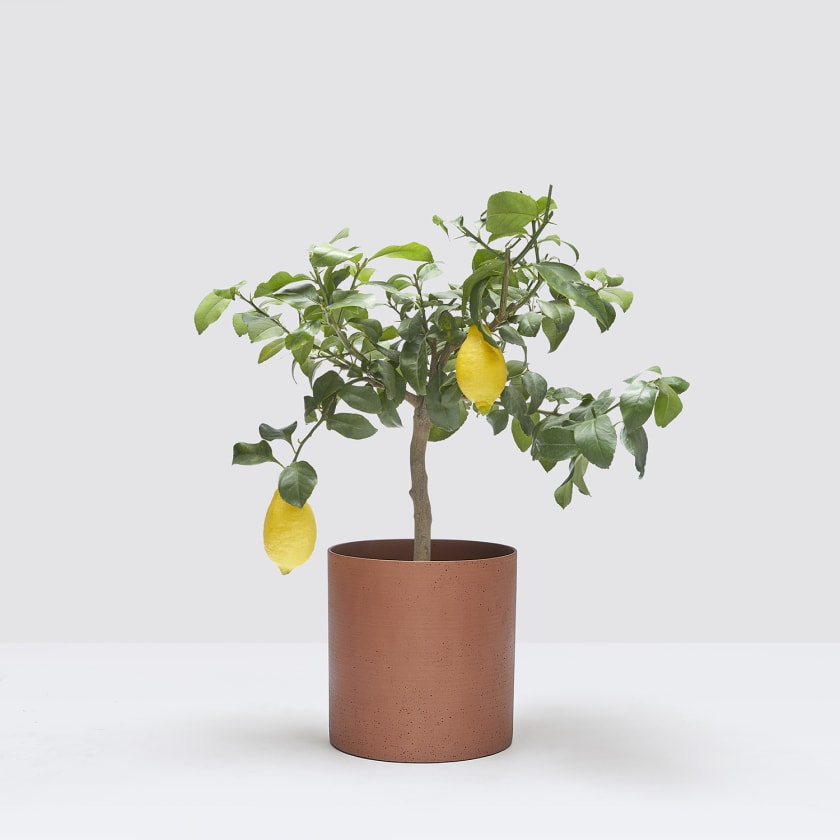
Use any available space
Shelves, units, worktops and empty table space are all good locations to add fresh energy, colour and positive vibes to any room by adding a plant.
Put ‘em high
If you don’t have much space to play with, hanging baskets are a great solution. They can be added to the corner of any room to create a dramatic drape while not encroaching on your much-needed living space.
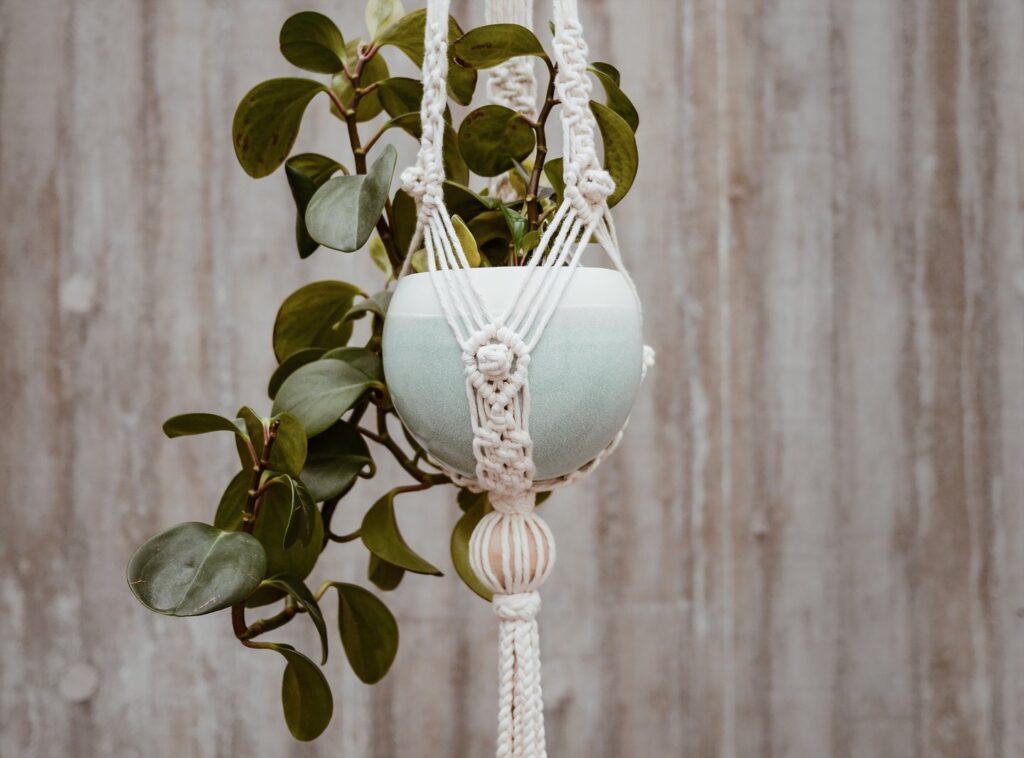
Where to put your plants?
The exact location for each plant will depend on both your personal style and the plant’s needs, some will require more sunlight than others. This could be something you have to play with as you get used to each plant’s requirements and how it thrives in each place.
Bedrooms
As well as an inviting visual feature, some plants release oxygen in the night which can help aid a better night’s sleep.
Empty Corners
If you are struggling to fill those empty corners, use a large freestanding plant like a palm tree or a tall table with a tall plant to make great use of the space. You don’t have to do this in every corner but it can be a valuable feature in any room.
Home Office
Plants improve your creativity, memory and mood, they can help you stay more focused and in turn increase your productivity. There are other ways to increase productivity in your home office, read about them here.
Don’t just restrict it to the home office – we have been using plants in commercial interiors for many years. Just one of our projects that incorporated plants into the workspace of a large commercial fitout is the Insurance Council of Australia.
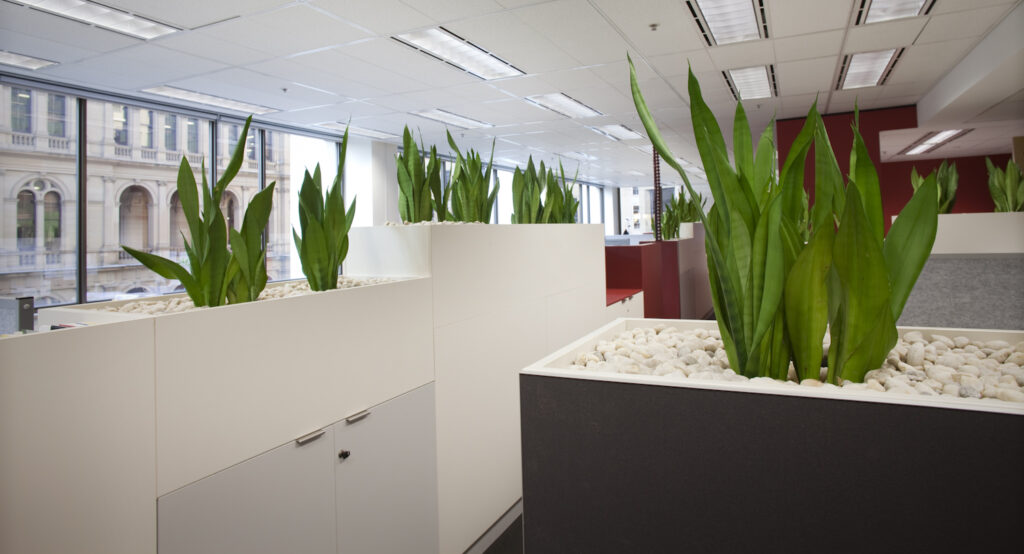
Lounge
Having plants in your relaxing area can help reduce stress and anxiety. Plants can lower your blood pressure and make you feel calmer.
Dining Table
Flowers or a fruit bowl? Why not use a plant instead? Any type of plant to fit the size and shape of your dining table makes a great centrepiece.
Bookshelves
Your bookshelves don’t have to be filled with books. Mix up the texture of your bookshelf by adding a few plants and making the space more versatile.
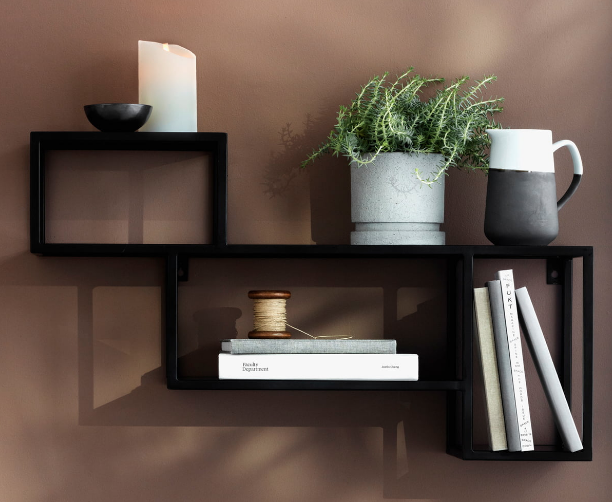
Window Ledge
Make use of your window ledges by adding a plant or two. This can be a great way to use the space while also adding shape, colour, and texture to any room.
Coffee Table
Add a pop of colour and texture to your coffee table and side tables using a plant or multiple plants to suit each room.
Kitchen
Add a herb garden to your kitchen. Aesthetics and function are 2 key elements when designing any interior space. As well as the usual health benefits of plants, why not add a herb garden to assist with your cooking too? There are some great options for small hydroponic systems if you are low on space or light. This is a favourite of ours.
Home Entry
Make your entryway more inviting with some greenery. Step inside from nature to a nature-inspired space, even if it is just a single plant. With the mood-boosting colour of green and the feeling that nature gives us, having a plant in the entry of your home creates a more welcoming space.
Bathrooms
Give your bathroom life, oxygen and warmth with some bathroom loving plants. Opt for plants that love humidity and enjoy them thriving while you soak in the tub or splash in the shower.
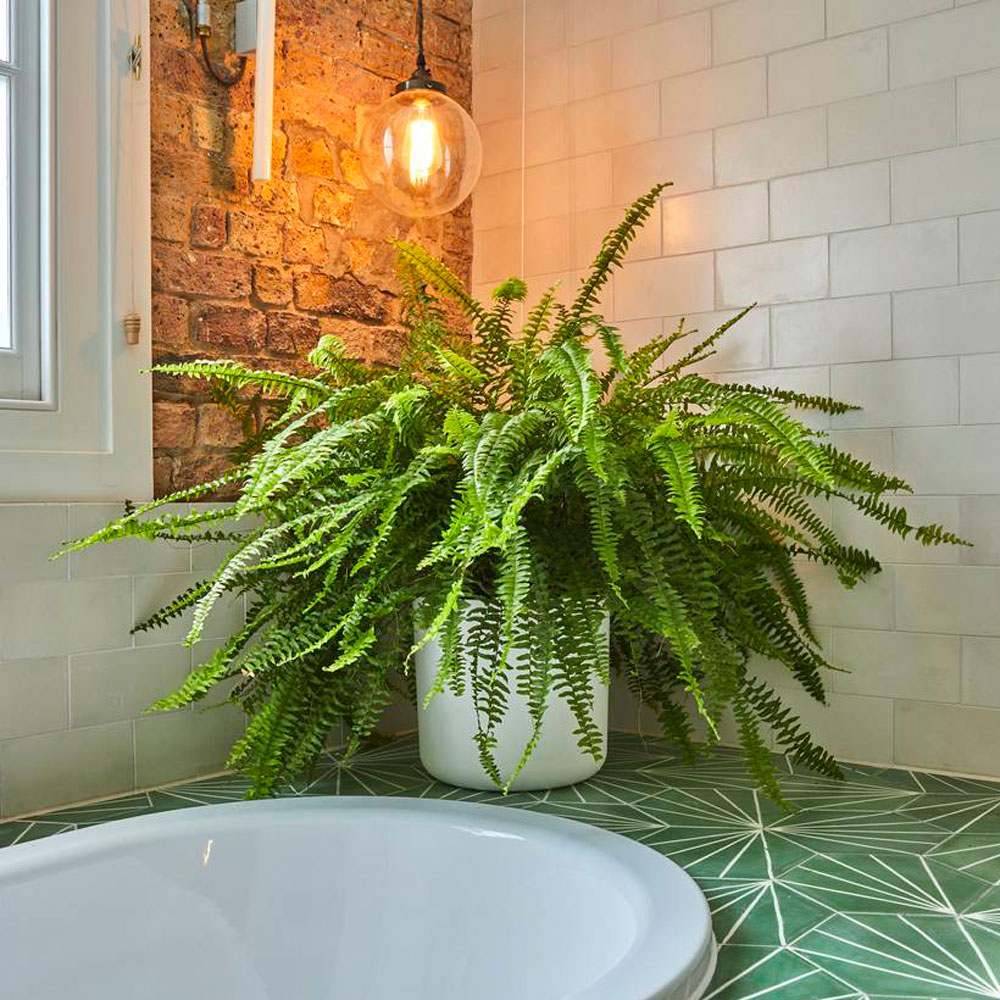
Add a splash of colour
Remember that plants don’t only come in green. Plants that offer blooming flowers have all of the health benefits of green plants while also bringing colour to a room. But which blooming plants should you choose?
Orchids
Brighten any room with a beautiful orchid, they offer brightly coloured blooms and a unique structure.
Succulents & Cacti
Most people think that succulents and cacti are either green or spiky, but in fact, a lot of them also have flowers. Some only bloom for a short amount of time but they come in all shapes and sizes and provide a unique feature to any space.
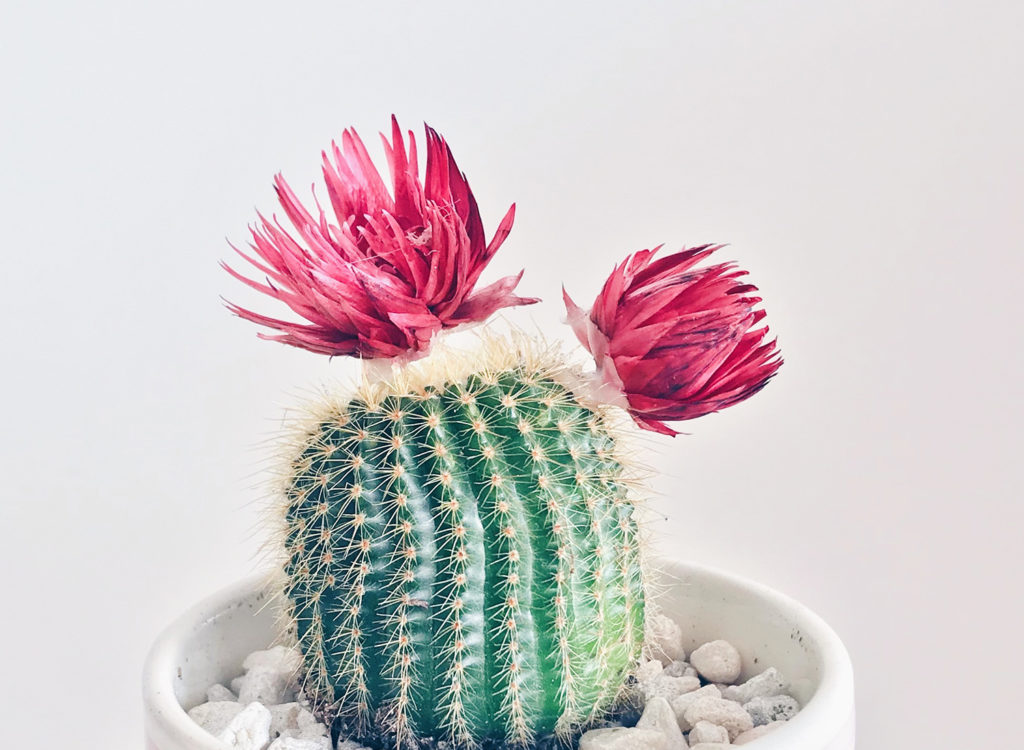
Flowers
If you want a more short term, lower maintenance option then cut flowers are the way to go. You can change them regularly, move them around easily and choose colours based on your mood or the season.
Wandering Dude
For a more subtle hint of colour try something like the Wandering Dude. They come in a variety of patterns and colours and can be placed in either a pot or a hanging basket. For more information about how to take care of Wandering Dude and other variations of Spiderwort check out Happy DIY Home.
Low maintenance plants for interior design
Cactus
My personal favourite is a cactus. There are over 2000 species of Cacti. If you’re the leave-it and forget-it type, a cactus will be the plant for you. Cacti can survive without water for long periods of time. But if you do learn to look after it carefully, blooming cacti will offer some stunning flowers.
Air Plant
No soil = no mess. Air plants are a great option if you don’t want to muck around with dirt. They just need to be soaked in water for 2-3 hours every 9-11 days.
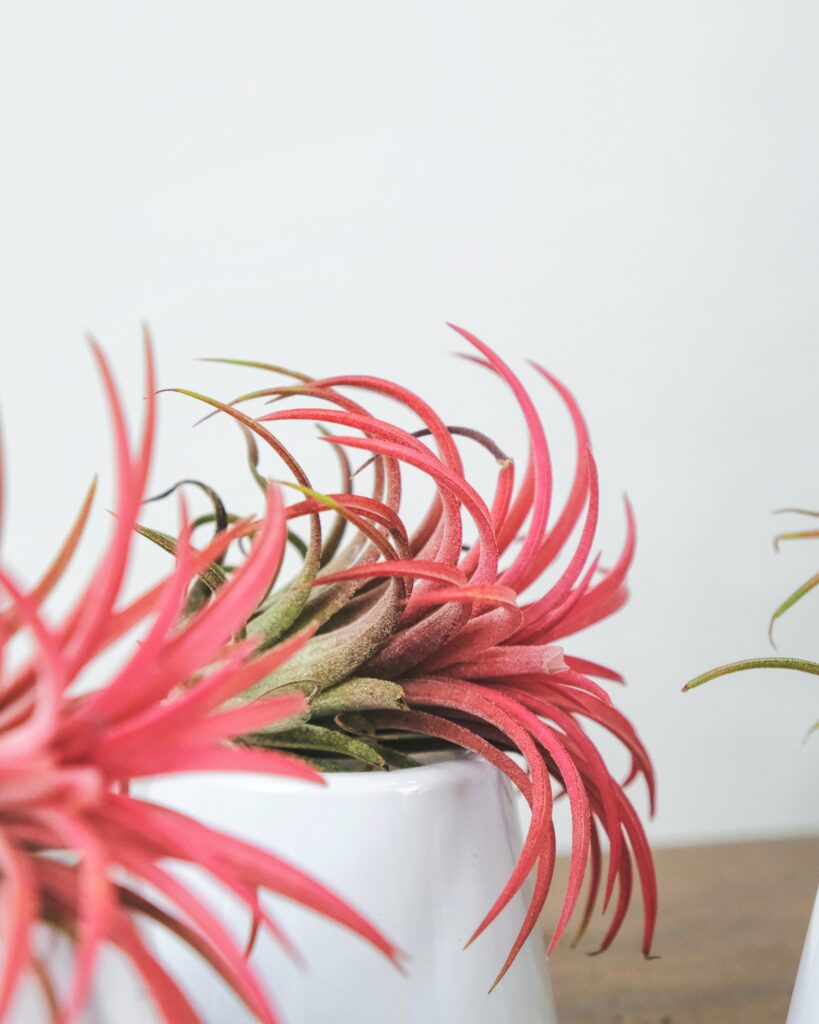
Chinese Evergreen
For the over-waterers in the crowd, this plant can totally handle excess amounts of water. It also comes in a variety of colours including pink and red. This is a great option if you are looking for low maintenance and a pop of colour.
Devil’s Ivy
I don’t know about you, but I’m sold on the name alone. This trailing plant is incredibly resilient, it can survive in little to no light and can bear an over or under waterer. I guess what it’s saying is “just go ahead and try to kill me” – challenge accepted.
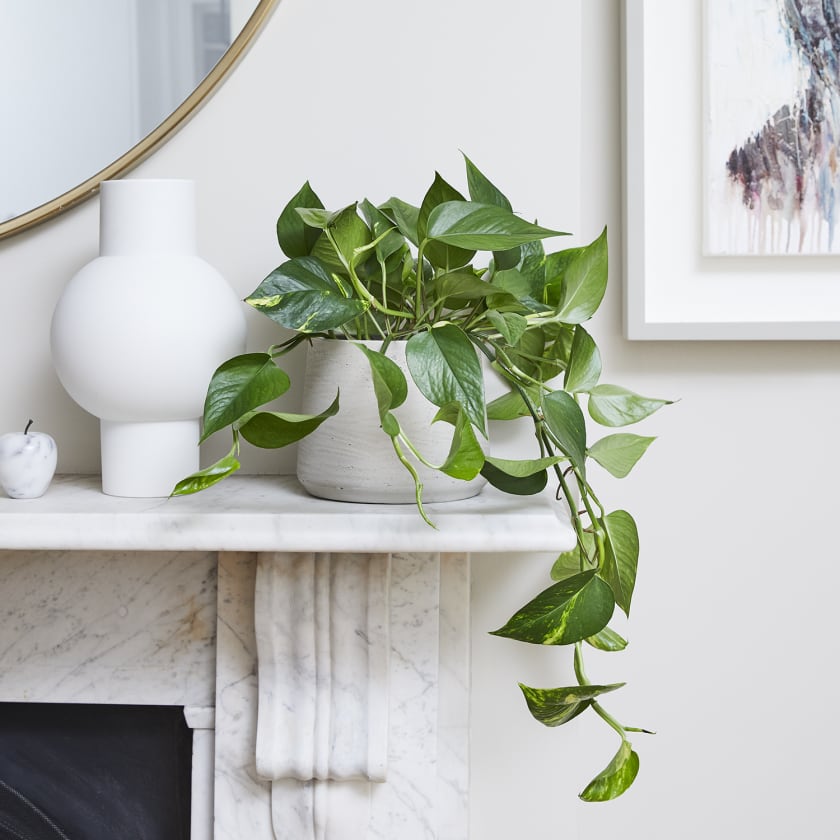
Succulent
Succulents and Cacti often get bundled together and while most cacti are succulents, not all succulents are cacti. A succulent might need a little more attention than a cactus but again most can be left for long periods of time without water. A great sturdy option is the Aloe plant, if you’re looking for something a little prettier, my personal favourite is the Echeveria Blue Bird.
ZZ Plant
Known as “the king of the indestructible plants,” this plant can handle forgetful waterers, low light, and really low humidity.
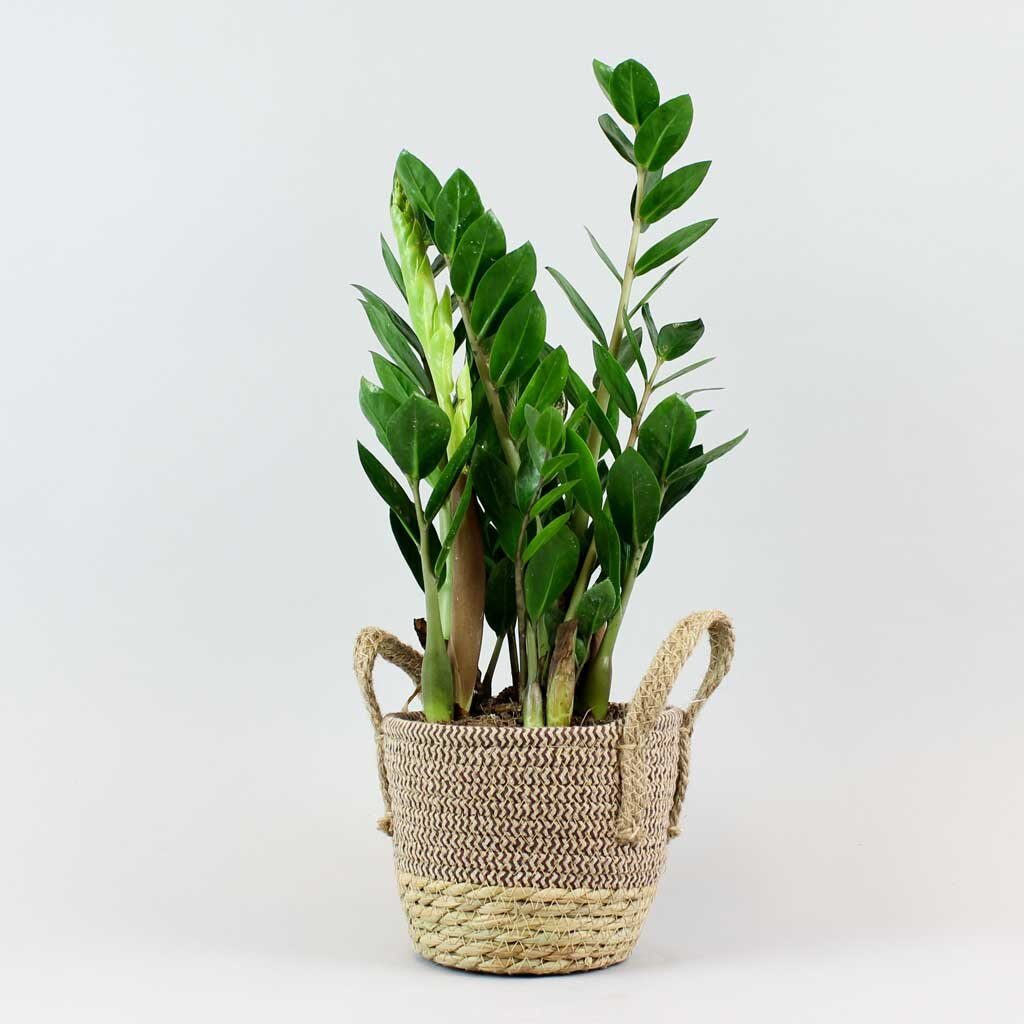
Chinese Money Plant
As long as this plant gets weekly watering it can survive in low light places. It’s also an easy plant to clone. Small micro plants will grow from the base, these can be snipped off and propagated to grow your collection or to gift to loved ones.
Fake it until you rake it
Ok, so you won’t actually rake an indoor plant but I’m all for a cheesy pun. I’ll admit that keeping plants alive hasn’t always been my forte. It’s only something I’ve gotten a little better at recently and even now I’m still a little nervous when bringing a new plant into our home. I was always a chronic overwaterer and plants didn’t survive for very long in my care. If you’re not so green-fingered and are worried about killing plants, there are a few options for you.
Faux plants over no plants
Really good imitation plants are better than no plants at all. They still look great, give you all of the design aspects of a living plant and have the same visual impact on your mental health. If you don’t want to buy plastic plants you can have a go at making your own paper plants by following these creative designs from The Apple of my DIY.
Green features
As we associate green with nature, adding green to a room is another way to trick the mind into enjoying the benefits that nature gives us. Paint a feature wall green, add green furniture, cushions or even a print.
Start with a couple of low maintenance plants
Research the best low maintenance plants or pick a family of plants, to begin with. You can start small with something like succulents that generally only require attention from Spring to Autumn. Once you have successfully taken care of one family you can move on to the next.
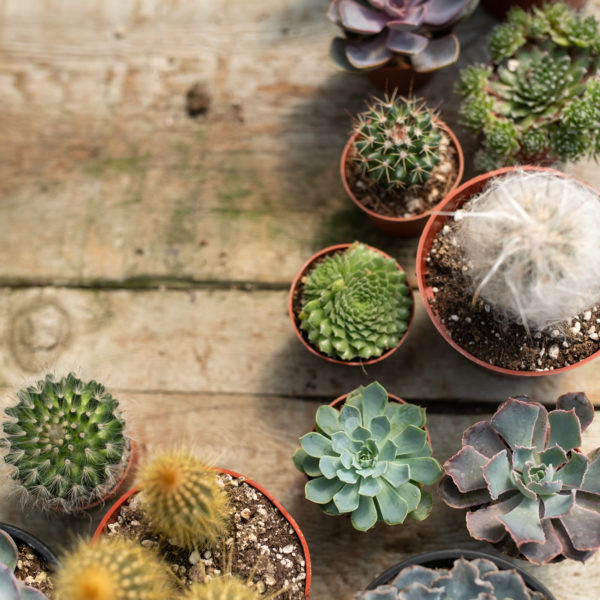
How to group plants
Group plants on the way they grow, like tall leafy plants together, succulents and cacti in the same space. Be aware of each type’s needs so tending to them in groups becomes easier. Know how to care for each family, for instance, it’s easy to kill a succulent or cactus by overwatering. They also need to be watered at differing amounts seasonally and often not all year round. Make sure you know the specific needs of each plant to get the most out of your indoor greenery.
Tips for taking care of your plants
- Some plants are seasonal, make sure you know this to avoid disappointment when it doesn’t thrive all year round.
- Different families have different needs, learn the amounts of sunlight, humidity, water and soil composition that benefits each family the most.
- Choose your plants carefully, like Beyonce said “pretty hurts” if you don’t want high maintenance plants, make sure you know which is which during the buying process.
- If in doubt, ask questions at the nursery. If you’re looking for a specific plant or something for a specific location speak to the experts. Let them know the type of space you are planning to use and find out what plant would be suitable.
- Use the right pots. Picking a plant pot based on appearance alone isn’t going to cut it with some plants. A pretty glass bowl may look good but some plants don’t like to soak in excess water. Also, some pots suck in moisture, knowing which plants prefer which type of pot can be the difference between drowning or dehydrating your plant.
The wrap up on plants in interior design
Adding plants during the interior design process should be a fun way to bring nature into your home. Whether you opt for small and simple or complete jungle vibes, plants are an essential piece for a complete home. For more inspiration on plants in interior design check out Evergreen by Gestalten.
Author – Teri-Anne of An Aimless Walk an outdoor adventure, travel and snowsports site.


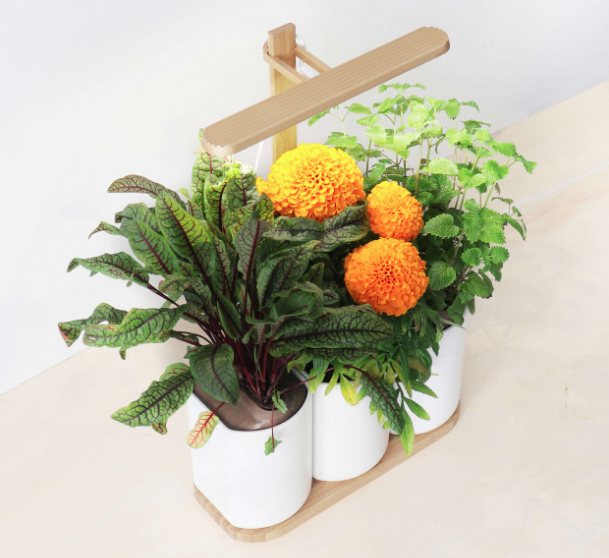
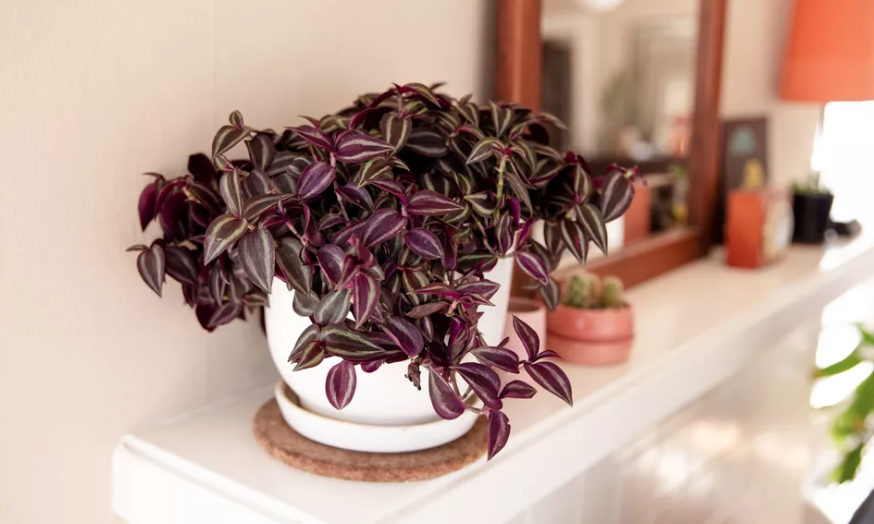
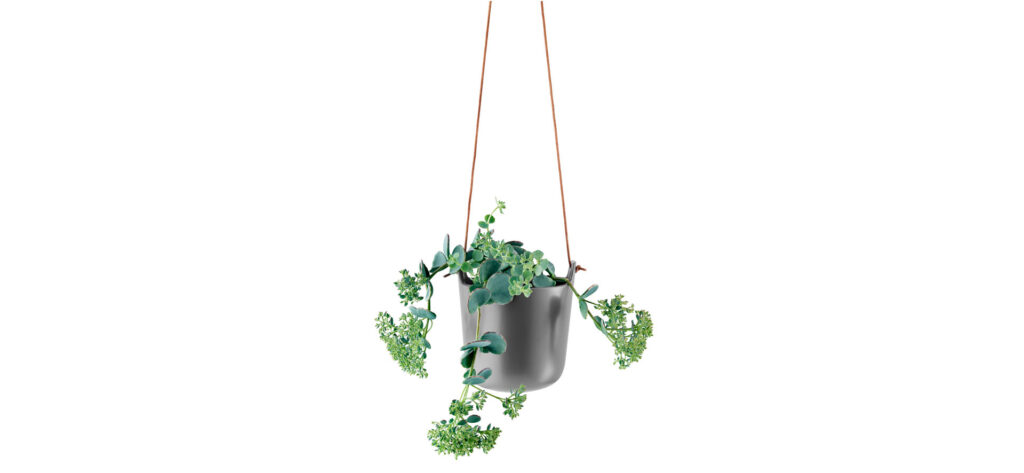
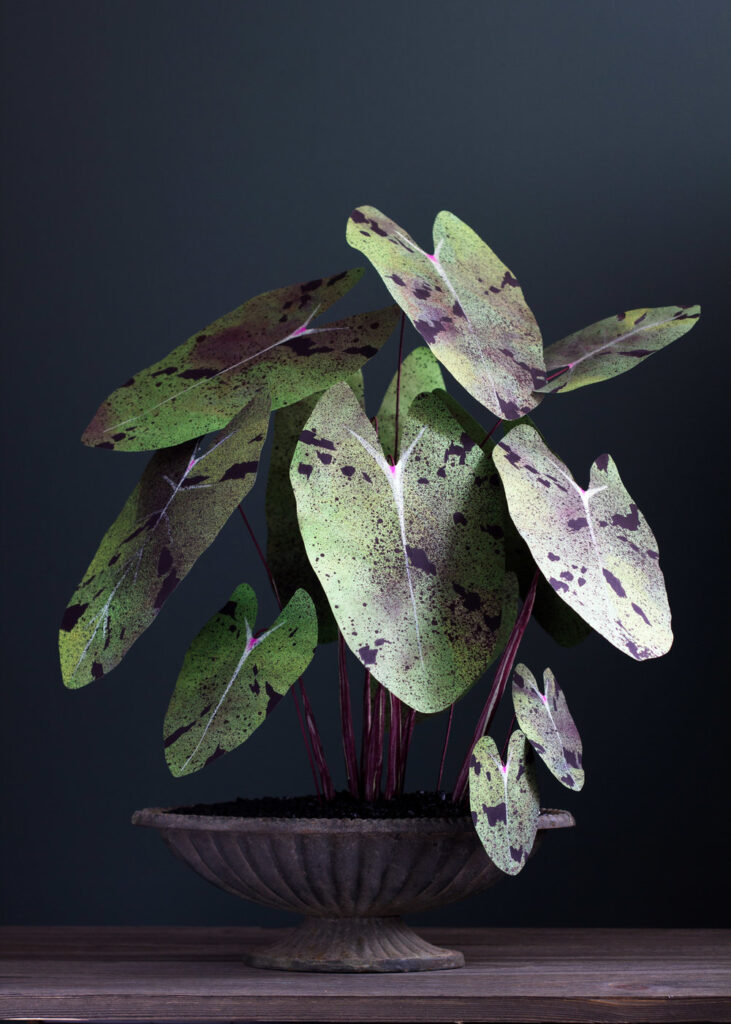
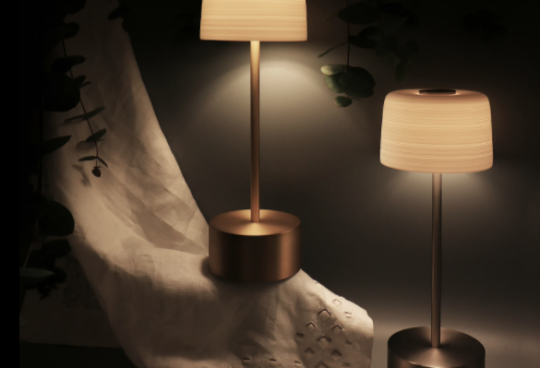
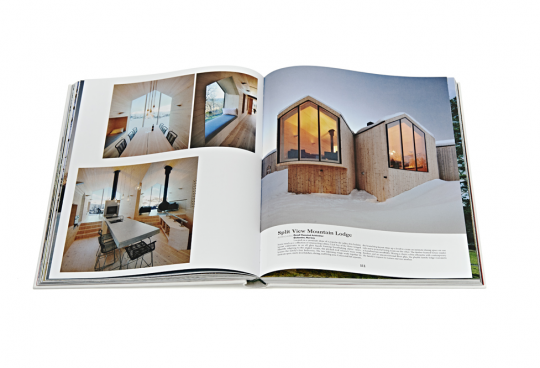
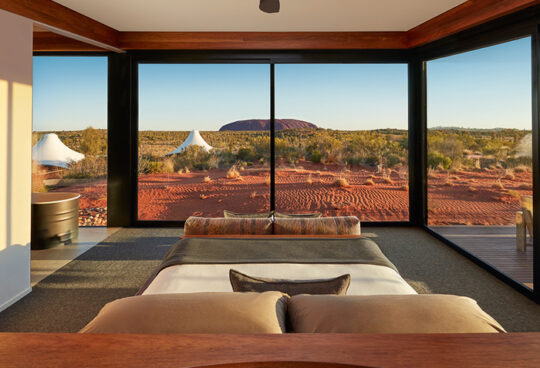
Sorry, the comment form is closed at this time.